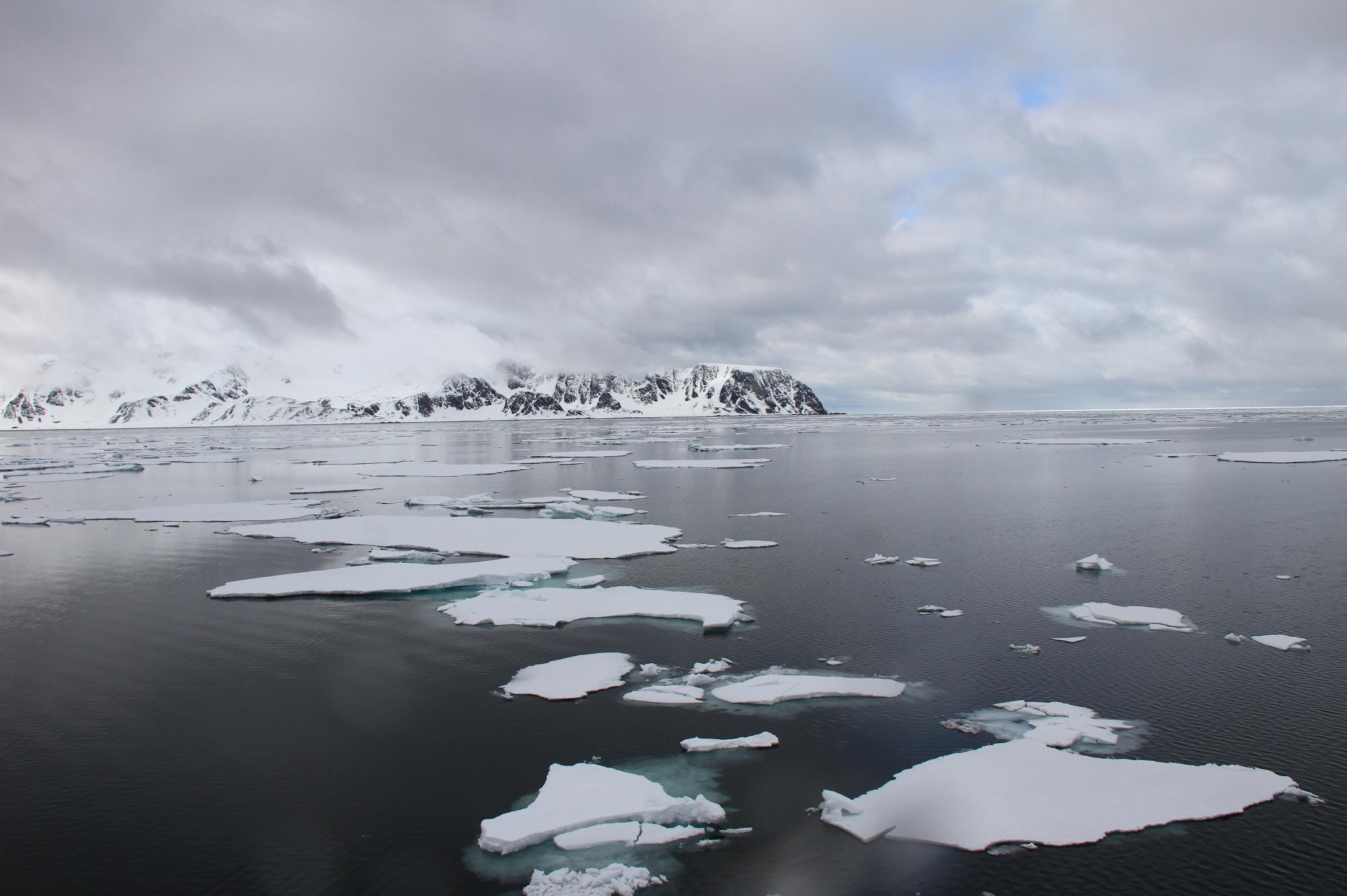Sep 3 2021Reviewed by Alex Smith
A new study has reported that quick warming in the Arctic is probably a driver of the recent extreme winter weather in the United States. This coincides with the debate around the impact of changes in the Arctic on extreme weather elsewhere.

Image Credit: Shutterstock.com/ yunus topal
The study results rely on both modeling and observational data and establish a physical link between anthropogenic climate change and a phenomenon known as the stratospheric polar vortex (SPV) disruption. It is predicted that climate warming will cause increases in certain weather extremes, such as heatwaves and precipitation events, but it is not considered to force severe winter weather events much.
In contrast to climate model predictions, extreme winter weather throughout the Northern Hemisphere, including anomalous cold snaps and intense snowfall events, has allegedly become more common.
The U.S. Southern Plains cold wave of February 2021 is one such remarkable example, which led to the failure of the Texas energy grid and caused never-before-seen damages evaluated at almost USD 200 billion, a cost significantly higher compared to the recent high-impact hurricanes.
Researchers hypothesize that expedited warming in the Arctic, or Arctic amplification (AA), is pushing these events by disturbing the Arctic SPV. Arctic SPV is an atmospheric feature characterized by the strong westerly winds that surround the Arctic and, under normal conditions, maintain its cold air contained.
To date, it has been unclear whether AA and its influence on the SPV variability are physically connected to recent winter weather extremes. Observations and model predictions do not agree.
Judah Cohen and collaborators built on an earlier study related to SPV variability and integrated observational analyses of the SPV over the past four decades with new climate model experiments.
The researchers disclose a physical link that implicates quick Arctic warming and its effects, specifically, sea ice loss and increased Eurasian snow cover, with SPV disruption and the greater frequency of extreme mid-latitude winter weather. According to the authors, the study findings could be utilized to expand the warning lead time of cold extremes in the United States, Canada and Asia.
Future work should aim at further disentangling causal Arctic teleconnections for the cold and warm seasons in the mid-latitude regions, paying specific attention to high-impact extremes.
Dim Coumou, Researcher, ETH Zurich
Journal Reference:
Cohen, J., et al. (2021) Linking Arctic variability and change with extreme winter weather in the United States. Science. doi.org/10.1126/science.abi9167.
Source: https://www.aaas.org/